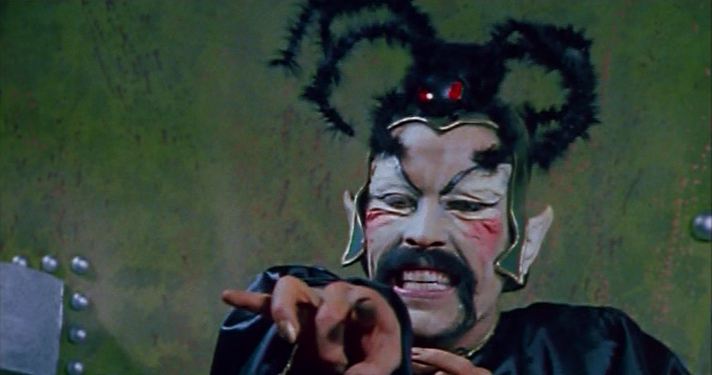
The 1970’s featured major changes in the film industry that would drastically alter the way that films were made and the topics that they featured.
The American film studios were falling apart by the beginning of 1970, causing major studio losses, a drop in the number of films they released, and high unemployment rates for studio employees. This led to the government getting involved and providing tax incentives to help the film studios, and major corporations stepping in to take over the studios.
Declining attendance numbers showed them that the viewers wanted to see something different. A change in the ratings system and filmmaking production codes allowed them to release films that further pushed boundaries and contained themes and characters that couldn’t previously be shown.
The opening of multiplexes and video rental stores gave the viewers greater options to watch movies, as opposed to the one location drive-in option that been the norm. The 1970’s also saw the beginning of the summer blockbuster with Jaws, leading studios to focus on developing and heavily promoting specific films that they thought would generate a huge profit.
Add to all of that a new group of filmmakers arriving on the scene and the 1970’s film era ended up providing a lot of great and groundbreaking films, which has many people considering it the greatest decade of filmmaking. It ended up producing The Godfather, Star Wars, Taxi Driver, Jaws, Clockwork Orange, Apocalypse Now, Rocky, and so many more.
Along with possibly being the greatest decade of filmmaking, it is also most likely the greatest era for cult films. Filmmakers now had a greater freedom to push boundaries, especially independent ones working on very low budgets. Most of them could create the type of film that they wanted to, not what the studio wanted.
The viewers wanted to see films that were exploitative and pushed boundaries, and the independent filmmaker needed something that would make them stand out against the bigger budgeted films. So we ended up with big cult favorites that would play at midnight shows like Rocky Horror Picture Show, Pink Flamingos, The Warriors, Eraserhead, and Monty Python and the Holy Grail.
And there are just so many more cult movies that were released in the 1970’s, so many that you could almost do a list for each letter of the alphabet. So this list is not meant to be an all inclusive list or a best of list, it is simply twenty five cult movies that may be worth your time.
Author note: If a movie isn’t included it may have been used in a prior list.
1. Multiple Maniacs (1970)
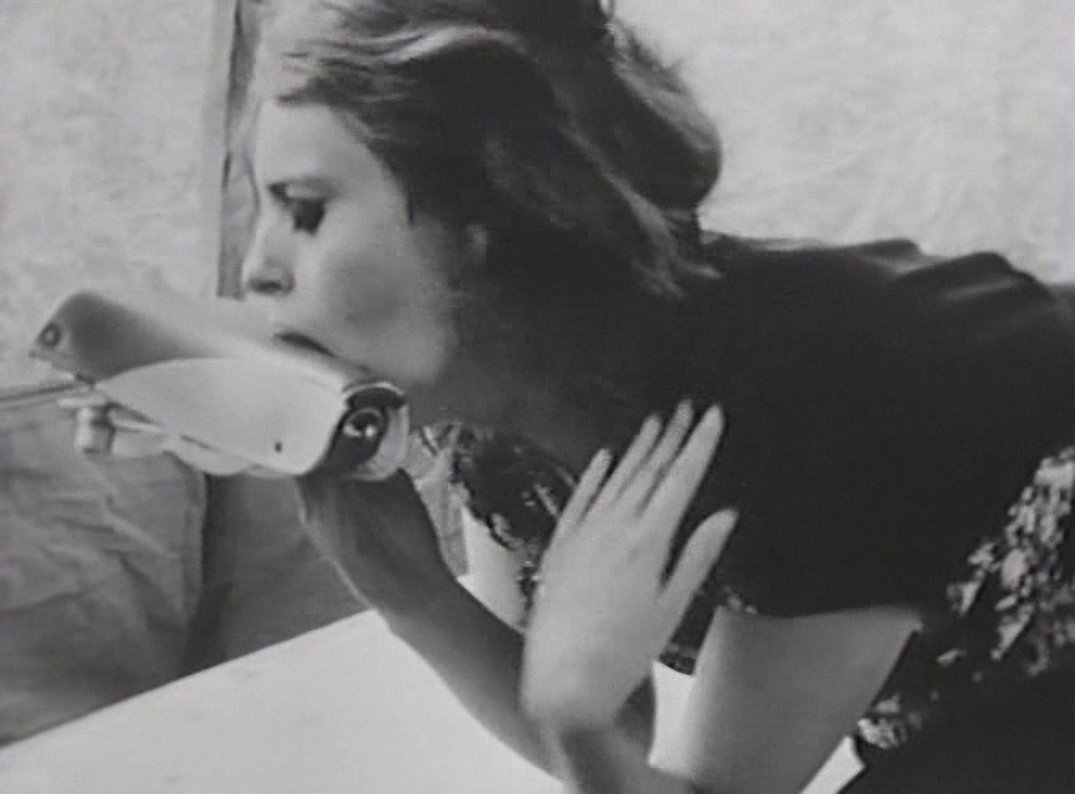
“You won’t believe this one!” [1]. John Water’s second full length feature sees a traveling freak show called “Lady Divine’s Cavalcade of Perversion” use their performance as a front for robbing, kidnapping, and killing their spectators. The freak show contains a series of filth involving nudity and various perversions, most notably a person that eats their own puke.
This was the first of four films shot by Waters during the 1970’s and while Pink Flamingos may be the most notorious and well known of the four, this one has some pretty controversial scenes in it.
The main section of the film being referred to involves Divine getting a rosary job sexually performed on her by Mink in the St. Cecilia’s church, while the film cross-cuts to a realistic depiction of the crucifixion of Jesus Christ. There is also the highly unforgettable rape of Divine by a 15 foot long lobster named Lobstora.
If you are fan of filth and John Waters, then this is essential viewing.
2. Duck, You Sucker AKA A Fistful of Dynamite (1971)
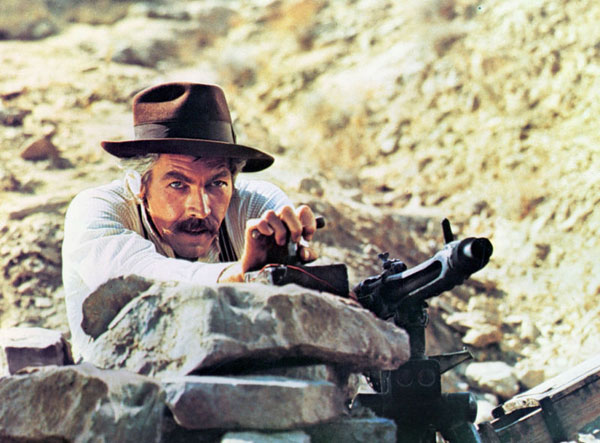
The great western director Sergio Leone’s final western is an extremely overlooked film, mainly due to its political overtones, massive cuts, and re-titling. The film takes place in 1913, during the height of the Mexican Revolution when the fascist regime was on the verge of falling apart.
It involves Juan (Rod Steiger), who is the leader of a bandit family, who ends up meeting an IRS explosives expert named John (James Coburn) and convinces him to help them rob a large bank in Mesa Verde. John knows that the bank has been turned into a jail for the revolutionaries and unwillingly gets Juan involved in the revolution. Over time, they develop a friendship and learn and change from each other.
The two central themes of the film are a revolution and friendship, which both differed from previous Italian westerns and Leone’s films. Leone’s point of view in this film about revolution is to keep your head down and stay out of it, which vastly differed from other films and the social viewpoint of the time and was somewhat controversial. This was also really the first time that his films featured a buddy film theme, most of the characters before were pretty one dimensional.
The film still features many staples of Leone’s films; including extreme facial close ups, zooms, editing effects, one liners, religious references, references to paintings and other films and popular culture, along with other symbols, and a beautiful Ennio Morricone score.
It included some very large scale explosions from the dynamite; including a stagecoach, bank explosion, an epic bridge explosion, along with two trains colliding, and several large gunfight scenes. The performances from both Steiger and Coburn are excellent.
The film suffered from extensive cuts that extremely altered the film and that is part of the reason it had received poor reviews and didn’t perform well. The fact that Leone displayed a political cynicism in the film towards revolutionary acts also hurt its performance and reception in Italy. The title changes didn’t help either.
Originally it was titled Duck, You Sucker. Then it was re-titled Fist of Dynamite to be associated with his previous successful westerns. Originally, they had wanted to title it Once Upon a Time in a Revolution, and have it be a trilogy of sorts with his other Once Upon a Time films which would have been more appropriate. It is an undervalued film by a great director and definitely worth seeing.
3. Red Sun (1971)
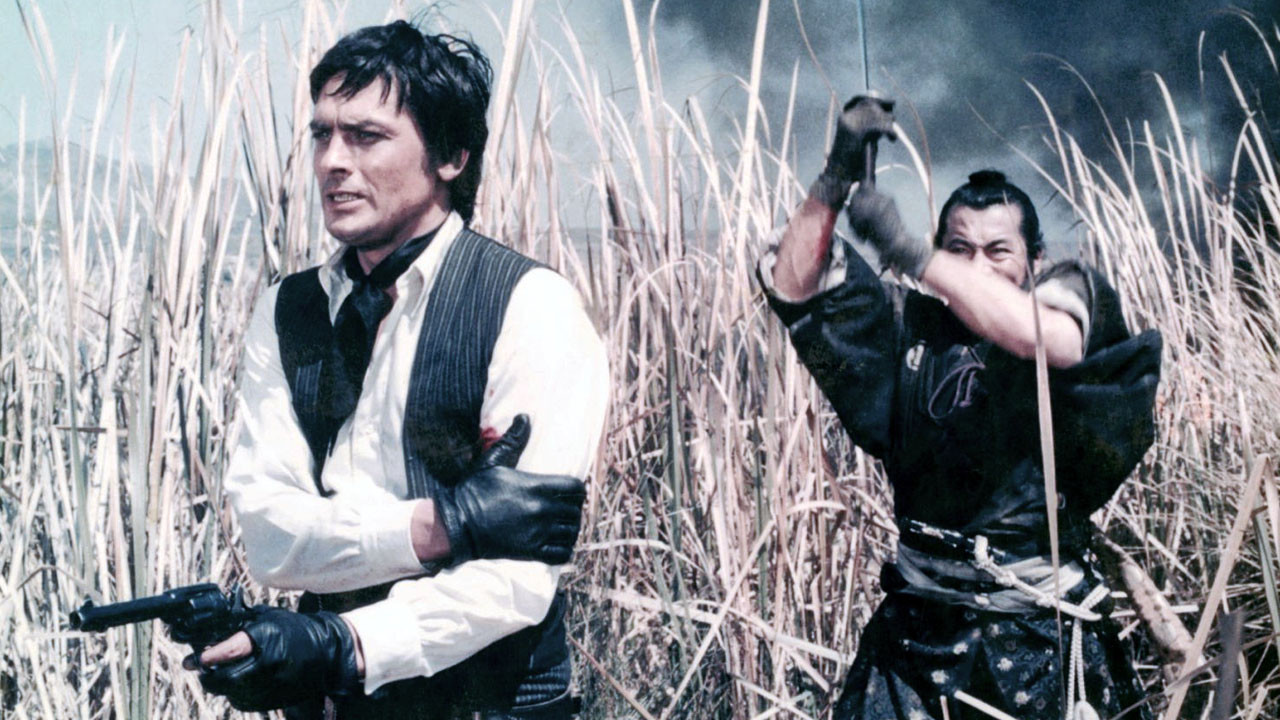
It’s East meets West in this Western that sees a Samurai (Toshiro Mifune) travel to America to recover stolen gold and a valuable sword meant for the U.S. President, taken by a gang of thieves. He must reluctantly team up with a former member of that gang that they tried to kill (Charles Bronson). The film also features appearances by well known French actor Alain Delon and bombshell Ursula Andress.
This is a sadly forgotten gem of the western genre that has a decent amount of action, violence, and humor, and also features three giants of cinema from their respective countries. The combination of Mifune and Bronson should be enough to sell most people. Mifune is a samurai movie legend and often frequent collaborator of Akira Kurosawa.
Bronson had been in The Magnificent Seven, The Dirty Dozen, and Once Upon a Time in the West up to that point. Delon was known for portraying tough and ruthless characters in films such as Le Samourai. He is ultra cool in this movie as the main baddie, dressed in essentially all black. This is a must see for fans of the western genre.
4. Pink Angels (1972)
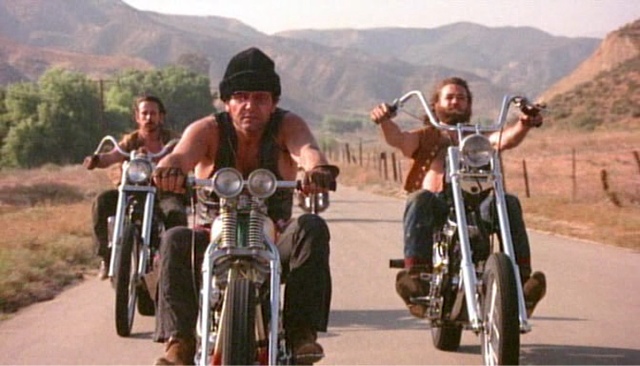
“Catch the Pink Angels … if you can!” [2]. The ultimate genre bending outlaw biker film, as we watch a group of transvestite bikers make their way to Los Angeles for a ladies drag cotillion ball. Along the way, they get in a food fight at an A&W restaurant, get pulled over by the cops, have a picnic with fine china, get hassled by another group of bikers and pretend to be straight.
This film is one that could be considered weird, insulting, hilarious, and possibly factual all at the same time. The producer said they were attempting to make a film cinema verite style, a documentary style film. And it does play off that way at times, trying to show how the characters would act in various situations. But it is rather hilarious and there are tons of funny moments and dialogue in the film.
This includes a hitchhiker screaming “Jesus Christ, your all faggots,” one of the bikers telling a cop that “this is one all American red blooded faggot you can’t scare.” They all have “69” patches on their jackets. There is also a funny scene where one biker debates on which bathroom to choose, he ends up going into the men’s and then another biker comes out of the women’s bathroom.
Despite being light on plot it is amusing and the filmmaking is done rather well for a low budget film, there are many good shots of them riding their bikes and various close ups. The ending is somewhat surprising and shocking compared to the rest of the film, ending on a note similar to Easy Rider. In some ways it is the weird transvestite version of Easy Rider.
5. Female Convict Scorpion: Jailhouse 41 (1972)
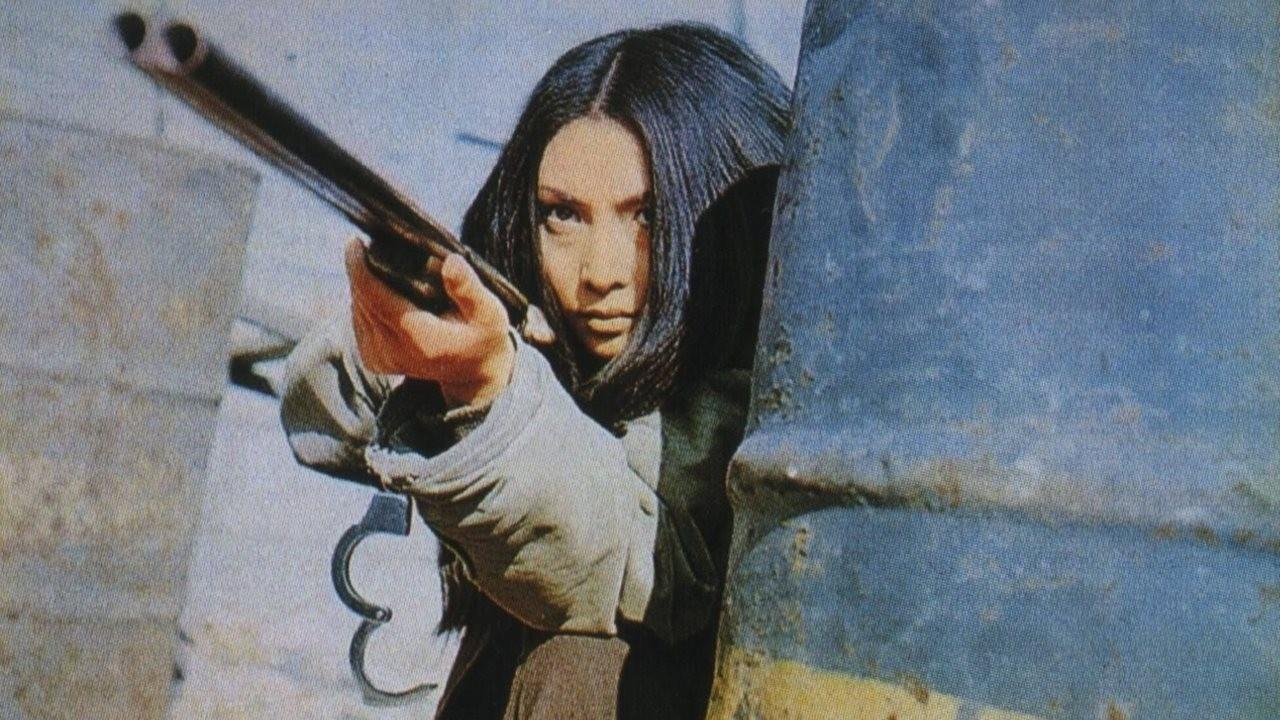
Japanese produced prison film considered part of the Pinky Violence genre. This was a series of Japanese films roughly from 1970 through 1974 that had a combination of “action, sex, violence and crime, and was dominated by ruthless and deadly delinquent females” [3].
This new subgenre had mostly been dominated by Toei studios, which by the mid-1960’s had begun to see an increase in the level of sleaze, “nudity, softcore sex and violent bloodshed” it was displaying in the films as a way to please an audience that was turning more to television [4].
Female prisoner Scorpion (Kaji Meiko) is a bad ass, violent, take no shit prisoner who has endured plenty of torture for her behavior, including a public gang raping by several guards. During a prison labor transfer, she and six other convicts are able to escape. They soon discover that the males on the outside are just as evil as the ones working at the prison.
This is no holds barred pinky violence at its best with the inclusion of some great storytelling, acting, color, and cinematography.
6. The Italian Connection AKA Hired to Kill (1972)
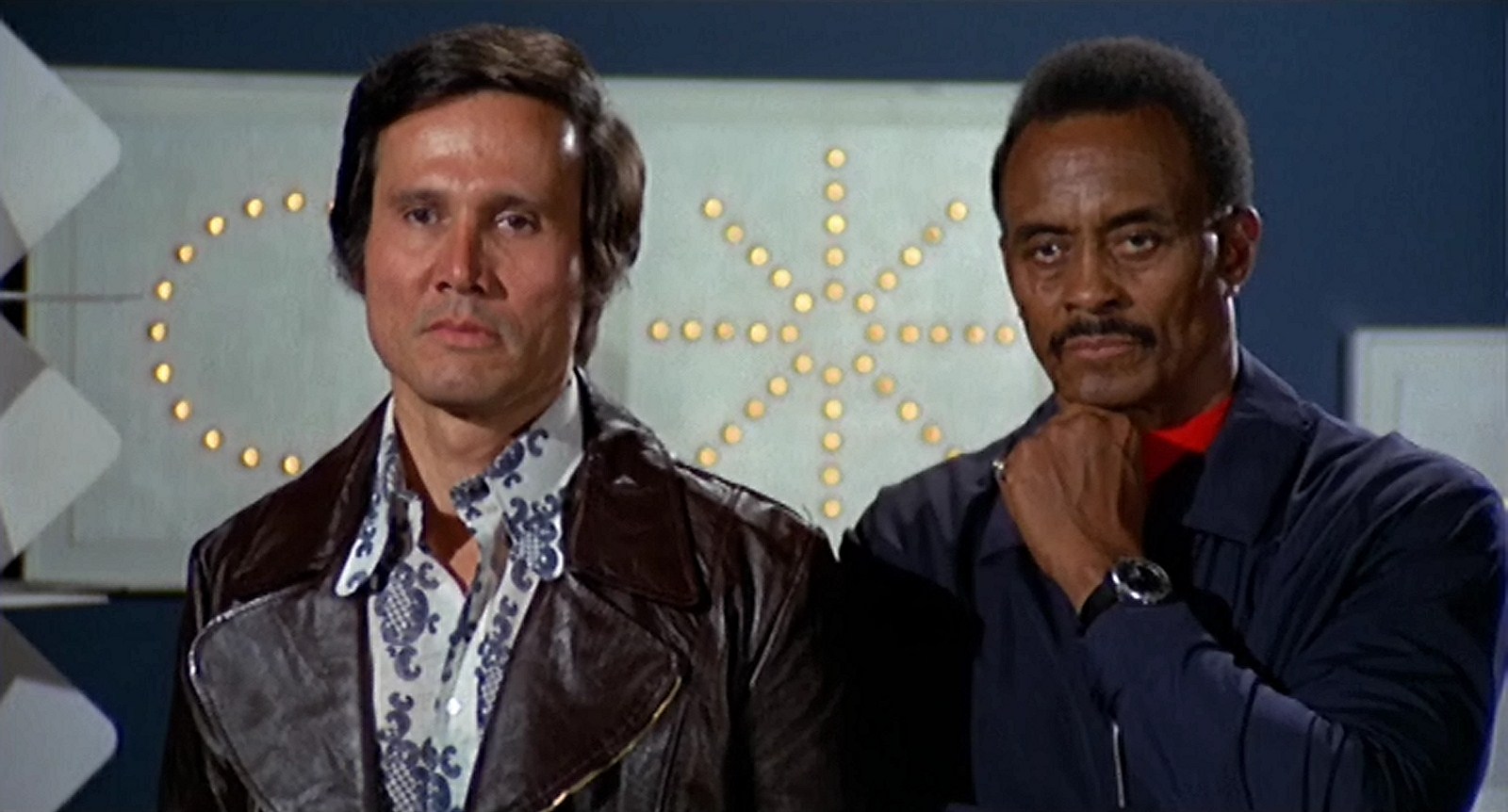
Italian Produced poliziottesco film that involves a small time hood framed for a lost heroin shipment. Two New York Mafia men, one black and one white, are sent in to find the man and make an example out of him with a dramatic kill. Things don’t quite go as planned as the hood goes from low level nothing to extreme bad ass out for his own vengeance, as his girlfriend, wife, and child are murdered along the way.
Featuring Henry Silva, Woody Strode, and a top notch performance from Mario Adorf, as the surprisingly likeable anti-hero, this film delivers on top notch balls out action. This is high on the list for being considered one of the best in the poliziottesco genre.
The combination of Silva and Strode as black and white gangsters teamed together was supposedly an inspiration for the John Travolta and Samuel L. Jackson characters in Pulp Fiction.
7. The Thing with Two Heads (1972)
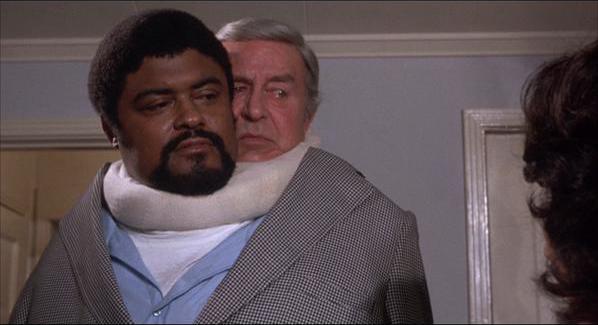
“They transplanted a white bigot’s head on a soul brother’s body!” [5]. Sci-fi and blaxploitation join together for this tale of a racist white scientist who has his head transplanted onto a black man’s body, who is trying to prove his innocence after being put on death row for a crime he didn’t commit.
Don’t take this one too seriously and you’ll find it to be a laugh riot full of one liners, and besides who can’t love the premise of two heads on one body. There is also a fun chase involving the police and the pair on a motorcycle.
The film is notable for some early special effects work by Rick Baker, who is best known for his special effects in An American Werewolf in London and the Michael Jackson Thriller video.
8. The Baby (1973)
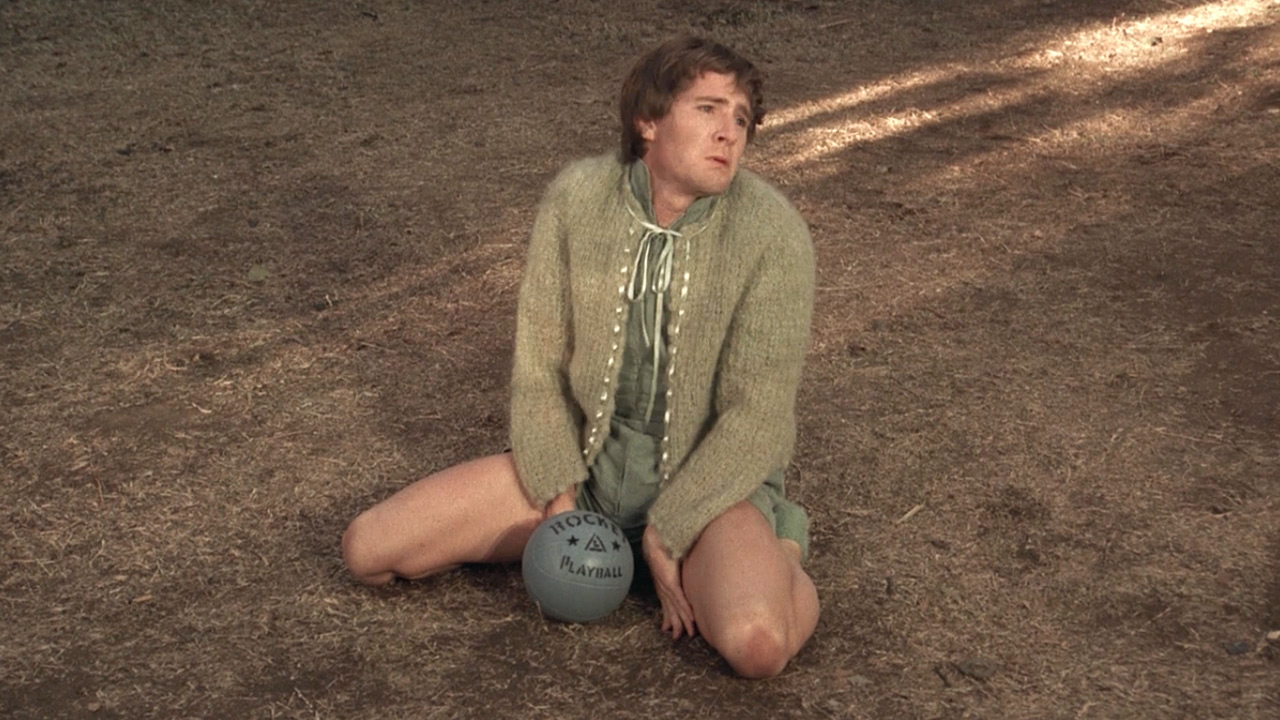
“Nothing in this nursery rhymes” [6]. A social worker investigates an unusual family that has a twenty-one year old baby that wears diapers, sucks on bottles, and sleeps in a crib. Her reasoning for the investigation may have some kind of bizarre ulterior motive.
One of the taglines involved in promoting the movie was that it is one of the most bizarre movies to come out in the 1970’s, and it definitely delivers on that. It has to rank very high on one of the top bizarre movies of all time, how many movies do you see a grown man in diapers.
Truly bizarre yet somewhat engaging, you really can’t look away and want to know what the conclusion of this story will be. And the ending delivers the ultimate weird conclusion. Interesting note, director Ted Post also made Hang ‘em High, Beneath the Planet of the Apes, and Magnum Force which also was released in 1973.